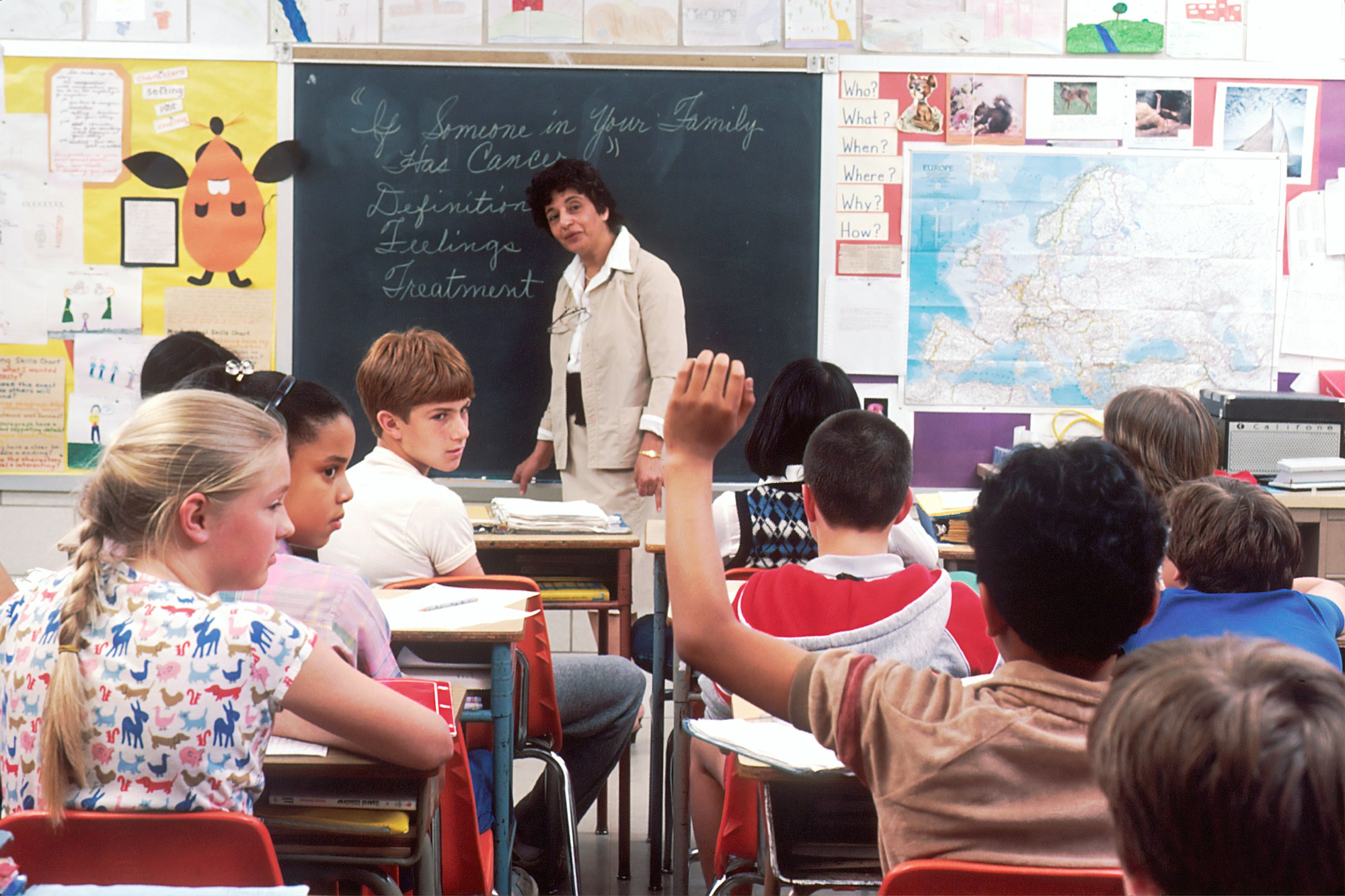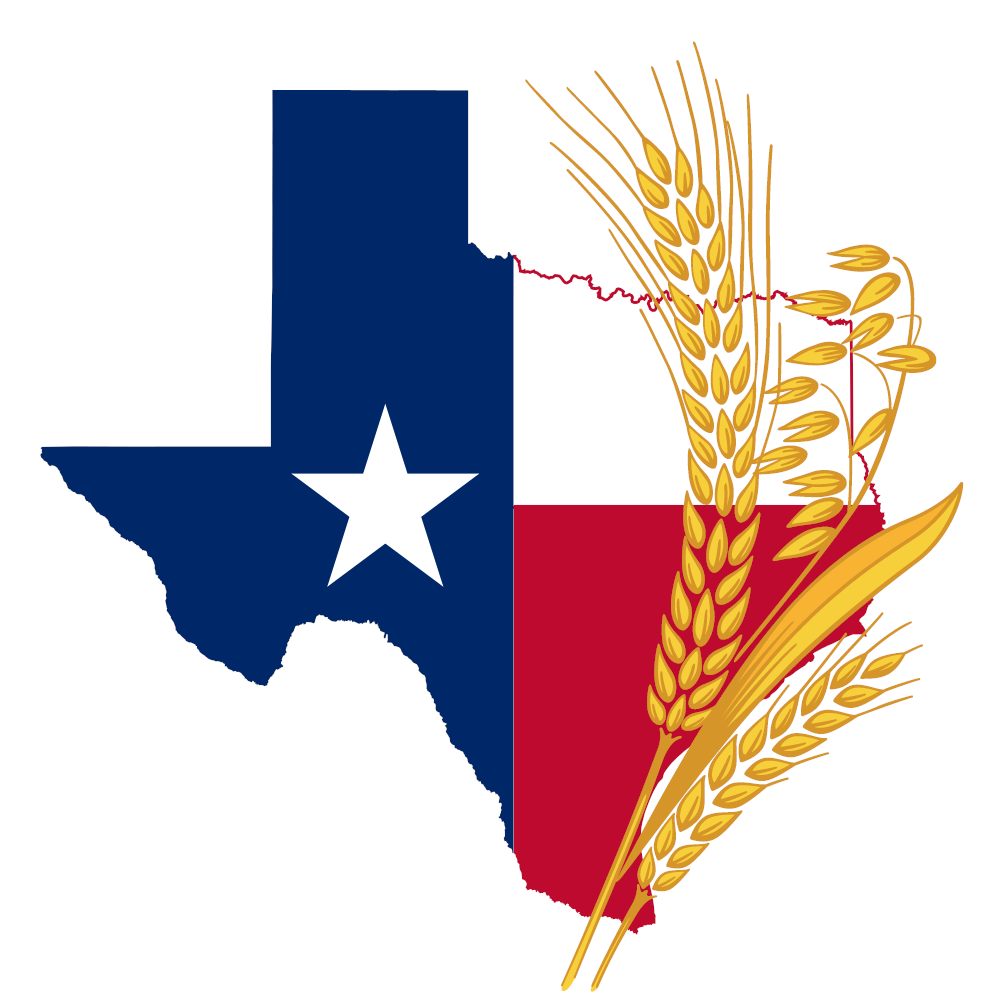Last week, the Houston Chronicle told the story of parents trying to keep their kids on track academically during COVID-19. A couple days later the Texas Tribune published a story on the unique challenges of parents of children with special education needs. And this week, we got notice from Gov. Abbott to expect an announcement on what will happen to the rest of the school year. The focus on schools got me thinking: what exactly are the roles of our public school system?
Believe it or not, the answer depends on who you ask. About a year ago, I had dinner with a former teacher of mine and a few other teachers. What teachers and parents want from our public schools don’t always align.
So today, I thought I’d go through some of those needs and how COVID-19 might change our perspective. But, to make sure all my biases are out there, I should point out that a) I don’t have any kids and b) most of my close friends also don’t have any kids. So these are just my general observations.
Childcare, childcare, childcare!
For many parents, the biggest pro of public school is childcare. In most families with children under 17, both parents work. So a free (after taxes) service that watches over their kids while they work makes a big difference. Businesses also benefit from a common system that makes it easy for their workers to leave their children and come to work. No wonder Austin decided to spend more on public education, including all day Pre-K, last year.
Unfortunately, childcare, especially at early ages, comes with the added discipline challenge. And that’s where many teachers draw a line. They believe their job is to educate, not babysit. Parents on the other hand often rely on teachers to babysit. The teachers are, after all, adults with authority and with the kids for 30 hours a week. Oddly enough, I’ve also heard a parent or two that we pay teachers too much for glorified childcare.
And what about parents with children under 4? Their kids can’t go to school yet, but they still work. They don’t have great options. In another example of life getting more expensive, the Economic Policy Institute shows, childcare is one of the biggest expenses families face. In Texas alone, the average family would need to pay almost one of every six dollars of their income for infant care – more than in-state tuition for college!

Parents of children with special needs need the help even more. Some estimates show the cost of raising a special needs child at four times the cost for a child without those needs.
Maybe now that parents everywhere are (re-)learning what it means to be a full time caregiver, we might reconsider how we take care of children going forward. Or at least give us funny memes.
Created a meme for all you parents who are having to #homeschool #coronavirus #homeschooling #COVIDー19 #parents #meme #homeschoolmeme pic.twitter.com/cwU071RqFV
— Sarah Drury (@SarahDruryPoet) March 23, 2020
Readin’, writin’ and arithmetic
Another important role schools play is in educating young people. While Thomas Jefferson argued for taxpayer funded schools in the 1800s, the system as we know didn’t come about until the early 1900s. By 1918, the law required all American children to attend elementary school. There they learned the famous, “readin’, writin’ and arithmetic”. After World War II, we added a high school requirement.
As the economy changed, at some point, we realized that it made more sense to teach kids the basics to help them get a better job than to start working immediately. That trend has continued to this day as many jobs now often require some education even after high school.

I remember that my high school offered courses in advanced sciences, foreign languages, various art forms, literature and numerous sports. At the time, the counselors told me that if I wanted to go to college, I had to take as many difficult courses as I could and ace them all. And I needed to go to college in order to get a “good” job (a topic for another day).
Once again, parents of children with special needs benefit from this service even more than the average parent. It’s challenging to teach special needs children even the basics, so it’s a big help to have someone with the right background and experience.
Most parents and teachers agree that public schools should be teaching their kids. The real questions are what should they teach and how much should they get paid to do it. In Texas, public opinion seems to support spending more on public education.

Today, in the new post-COVID world, parents are getting a taste of what it means to be a teacher. Though many schools have moved to online learning, every kid learns differently and the in-person help can make a difference. With parents more aware of the teaching challenges and more used to online learning, there may be an opportunity to rethink our old model.
#Adulting
“Didn’t they teach you this in school?” It’s the question every young person gets asked at some point. It usually comes up when we get stuck doing something “simple” that in theory we should know how to do. And while the Boomers heard it from their parents, Millennials have the Internet and memes, and that’s how #Adulting was born.

Before I got to high school, they used to teach “Home Economics” – which as an economist, I can tell you is not about the dynamics of household bargaining. I had to take Physical Education and Health, though looking back on it now, I don’t think the teacher took it too seriously (and neither did I). Some people took “shop”. And of course, we all had to take U.S. government and economics.
Looking back, I have to say that I learned more about how to engage as a citizen through talking to elected officials and actually showing up at meetings than I did in class. I’m an economist, but high school economics didn’t teach me about personal finance or how to start a business. And most of what I’ve learned about fitness, cooking and nutrition I’ve pieced together from Mom and Reddit.
If there’s a place where public schools are doing the least, it’s in the #Adulting category. And we see the consequences even more so during COVID-19. How to make cheap and easy meals, how to stay in shape without a gym, and how to keep track of your budget are more useful today than they’ve ever been.
The future roles of our public schools
Our public school system wears many hats, and not all of them as well as we would like. COVID-19 has exposed some of its weaknesses, but also some new opportunities.
Our system was built in the early 1900s and then changed again after WWII. Since then, we’ve had very few major changes. It’s way past time that we really thought through what could be different.

